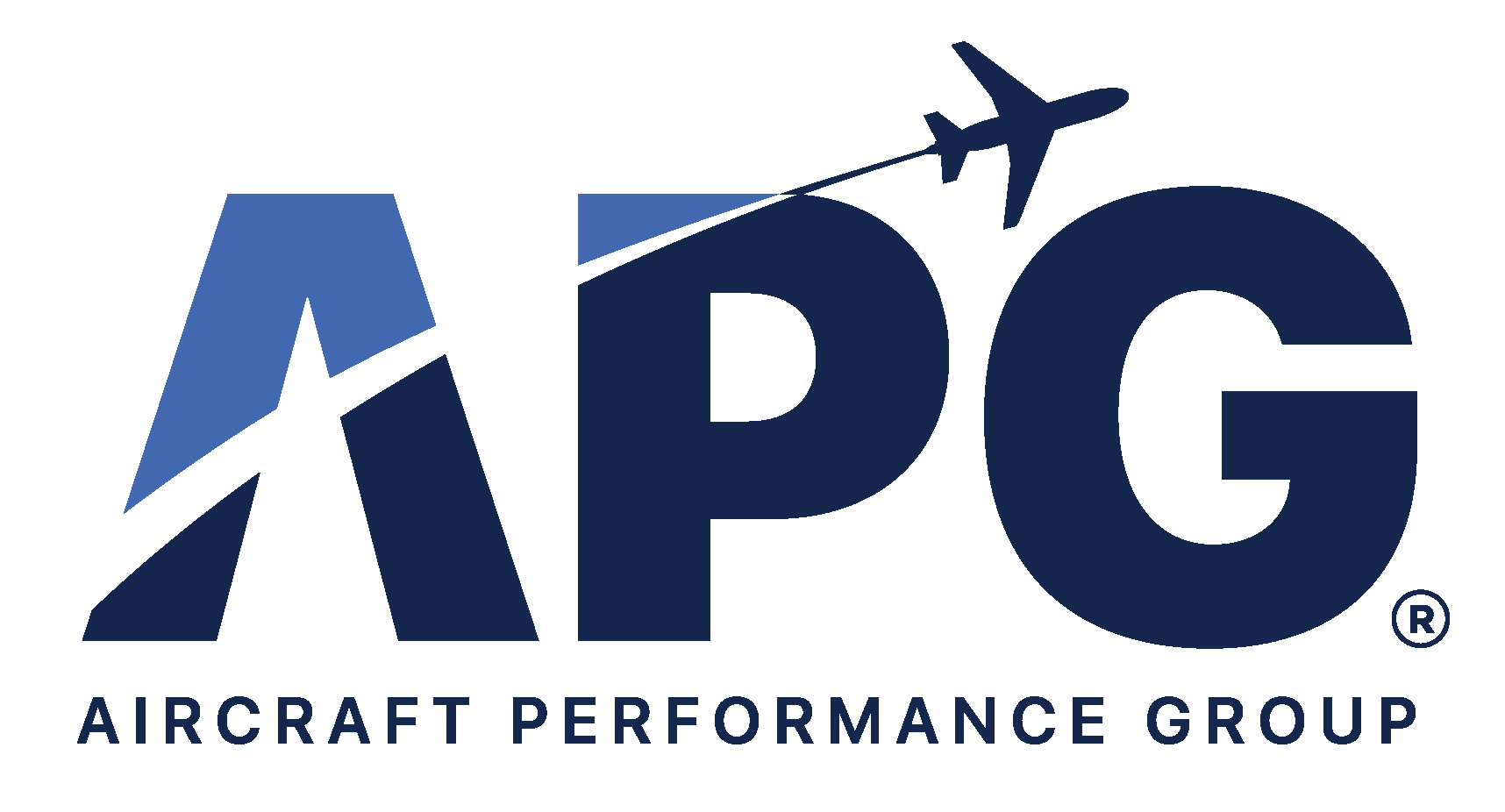Fractional Ownership & Charter Are Making Private Aviation More Accessible

Fractional ownership is growing fast—about 67% year-over-year—and charter bookings have climbed 23%. Together, they’re opening up private aviation to more people. These shifts aren't just about luxury—they reflect real changes in how operators, pilots, and businesses manage access, operations, and cost. Let’s break down why this growth is happening and what it means across the industry.
Why Growth Is Happening
Fractional ownership lets multiple users share the cost of a jet, paying only for the time they fly. Charters let you fly without owning anything—just pay-as-you-go. Demand is surging as travelers want flexibility, privacy, and time savings—especially in the post-pandemic environment, where commercial flying still presents logistical and personal friction.
Most industry insiders expect these trends to keep growing. For example, 80% of operators predict continued growth in charter and fractional services, with finance volumes rising 5% a year on average. At the same time, the air charter market is expanding rapidly—with charter passengers now making up 67% of total revenue, as exclusive air travel gains broader favor among businesses and families alike.
Digital booking tools and on-demand platforms are also helping drive growth. These platforms make private aviation more accessible by simplifying the process of finding aircraft, comparing rates, and confirming itineraries—all in real time.
How These Models Work
Fractional ownership means buying a share of a jet—often 1/8 or 1/4—and paying monthly fees plus hourly charges. You get access to a pool of similar aircraft, often booked with just a few hours’ notice. This model appeals to those who fly regularly but don’t want the operational or financial burden of full ownership. Well-known fractional operators include NetJets, Flexjet, and PlaneSense—each offering different share sizes, fleet types, and service regions.
Charter is simpler: book a plane when you need it, with no ownership stake—just pay per flight. Charter options range from light jets like the Citation CJ3+ or Phenom 300 for short hops to long-range aircraft such as the Gulfstream G650ER or Bombardier Global 7500 for intercontinental trips. It’s a flexible choice that appeals to both business travelers and individuals who value privacy and control. Larger charter providers include VistaJet, Wheels Up, and Air Charter Service, which maintain diverse fleets and global or regional coverage.
Many customers now use a mix of access models—fractional, charter, and jet cards—choosing what makes the most sense for a given trip, budget, or mission.

Comparison of private jet fractional ownership vs charter, highlighting how each model works, associated costs, access types, and which travelers benefit most.
Benefits for Operators and Customers
These models lower the barrier to private aviation. Operators can serve more clients without requiring them to buy an entire aircraft, and customers gain access to high-quality aviation services without a long-term commitment.
This flexibility is one reason why aircraft utilization is growing, even in a market facing economic pressure. Operators are seeing consistent demand from corporations looking to reduce downtime, meet tight schedules, and increase travel safety.
Recent forecasts show a healthy runway ahead. Cirium Ascend expects an 11% rise in business jet deliveries in 2025, with 8,700 new jets entering service over the next decade. Honeywell projects a 12% bump in deliveries, and most operators plan to fly as much or more than in previous years.
APG’s Role, Simply Stated
APG supports operators across the private aviation spectrum—whether you’re running a fleet of fractional aircraft, offering charter services, or managing a single tail. APG provides tools that cover performance data, runway analysis, aeronautical charting, and flight planning.
APG solutions are built to integrate easily with scheduling, dispatch, and SMS systems. That means operators can deliver on tight schedules, adapt to last-minute changes, and keep every part of the operation connected.
Schedule a demo today to see how APG’s tools can integrate into your operation and help you plan, dispatch, and fly with confidence.
What Comes Next?
Deliveries & fleet growth: The business aviation market is on a steady upswing. Cirium projects 8,700 business jet deliveries from 2025 to 2034. Aviation Week shows over 9,000 jets and nearly 2,800 turboprops expected in that window. This outlook aligns closely with the trends covered in APG’s Business Jet Delivery Outlook 2025, which explores both fleet demand and operational complexity.
Regional shifts: North America still leads in demand, but Latin America is catching up—its share of demand doubled to 10% in recent forecasts. Asia-Pacific and the Middle East are seeing steady increases in new registrations, expanding charter access across major cities.
High-end models leading the way: Large-cabin jets like the Gulfstream G700 and G800 now make up over 65% of the market, reflecting a shift toward long-range, premium travel. These aircraft are increasingly used for transcontinental business travel, and demand is expected to grow in parallel with global route expansion.
Delivery challenges: Supply chain issues continue to impact production. In some cases, deliveries are falling 26% below earlier targets, though major OEMs remain committed to recovery plans. Some have shifted focus from growth to clearing order backlogs and refining logistics.
Changing customer needs: Today’s users expect more than just access to a jet. They want tech-enabled booking, integrated service experiences, and sustainable options. Fractional models are adapting—offering flexible programs that meet evolving expectations. Providers are also enhancing their digital and operational platforms to ensure they can deliver this level of service at scale.
For operators, that means better systems, tighter integrations, and smarter tools.

Gulfstream fleet featuring G500, G600, G700, and G800 business jets on the runway, set against a dramatic mountain backdrop. Source Gulfstream Newsroom
Conclusion
Fractional ownership and charter models are changing the way people engage with private aviation. Lower upfront costs, flexible usage, and better access are helping more operators serve more missions—whether business, personal, or mixed.
With demand rising and fleet complexity growing, the tools behind the scenes matter more than ever. APG helps operators keep pace—quietly powering safe, efficient operations that fit today’s needs and tomorrow’s expectations.


